Insights IAS Current Affairs March 2021 English PDF
Friday, April 16, 2021
Insights IAS Current Affairs March 2021 English PDF
Shankar IAS March 2021 Current Affairs PDF
Shankar IAS March 2021 Current Affairs PDF
Vision IAS PT 365 Polity in Hindi Prelims 2021 PDF
Vision IAS PT 365 Polity in Hindi Prelims 2021 PDF
Vision IAS PT 365 Art and Culture 2021 PDF
Vision IAS PT 365 Art and Culture 2021 PDF
NCLAT Order on Spectrum Trading
Why in news?
- The National Company Law Appellate Tribunal (NCLAT) recently spelt its findings on various aspects on spectrum trading and ownership.
- It also ruled on spectrum trading and liability of buyers and sellers.
What are NCLAT’s key rulings?
- As per a September 2020 order of the Supreme Court, the NCLAT had to decide mainly on three aspects:
- whether spectrum could be subjected to proceedings under the insolvency code
- how would the payment be made by the telecom companies (telco) if there was spectrum trading
- how would the liability of seller and buyer of the spectrum be decided
- 1) Spectrum is an intangible asset of the telecom company.
- It could thus be subjected to insolvency or even liquidation proceedings.
- However, the NCLAT said that the same could be done only if the buyer or the seller of the spectrum had cleared all the dues of the Department of Telecommunications (DoT).
- This, experts said, is likely to create problems for the insolvency process of the three telcos that are undergoing insolvency.
- These are Reliance Communication, Videocon, and Aircel.
- It’s because the DoT is now likely to ask the bidders for these companies to first clear its dues in entirety before proceeding with the resolution plan.
- 2) Telcos can try to trigger insolvency against themselves under Section 10 of the Insolvency and Bankruptcy Code.
- Such an insolvency process, if triggered, would lead to a moratorium on licence fee and deferred spectrum payments as per IBC rules.
- Thereby, it allows the licensee to escape the said dues.
- NCLAT has thus said that this would not be allowed if done with a “malicious intent” of avoiding payment of pending dues.
- Allowing it would mean that the DoT, being an operational creditor, gaining very less value for the asset.
- This is because operational creditors are placed below financial creditors under the IBC.
- 3) The NCLAT has also held that the telecom companies only have the right to use the spectrum and not own it.
- This again effectively blocks lenders to the companies from creating any charge or claim on the said spectrum.
- This means that despite the DoT being an operational creditor in scheme of things, it will get priority in payments from any prospective bidders.
- As, the statutory dues owed to it will have to be cleared either by the corporate debtor or the bidders.
- 4) NCLAT said that since spectrum is a scarce natural resource, it must be used optimally by all licencees.
- It has, therefore held that spectrum should not be available for use for any of the telcos or licensees if the dues are not cleared.
Source: The Indian Express
Quick Fact
NCLAT
- The NCLAT was constituted under Section 410 of The Companies Act, 2013.
- It was tasked to hear appeals against the orders of the NCLT (National Company Law Tribunal).
- It is also the appellate tribunal for orders passed by -
- the NCLT under Section 61 of the Insolvency and Bankruptcy Code (IBC), 2016,
- the Insolvency and Bankruptcy Board of India (IBBI) under Sections 202 and 211 of the IBC
Twin troubles: Prices and Industrial Production
Why in news?
Recently, NSO has released data on retail prices and industrial production which is creating a cause of concern.
What does the data reflect on?
- The inflation quickened to a four-month high of 5.52% in March and will continue to accelerate.
- The estimate of Index of Industrial Production for February shows that output-at mines, manufacturing sector, electricity- shrunk 3.6%, following the January’s 0.9% contraction.
- This output contraction in the factories is for a second straight month.
- High food and fuel costs are the main drivers of price pressures.
- Inflation in pulses accelerated to 13.3% from 12.5% in February, oils and fats saw a more than 400 basis points surge to 24.9%.
- Meat, fish and eggs accelerated in double-digits while the inflation in the food and beverages got raised by almost 100 basis points to 5.24%.
- Though the pump prices of petro products remained virtually frozen due to assembly elections, transport and communication saw more than 100 basis points acceleration to 12.6%.
What is the future prospects?
- In the recent RBI policy statement, the central bank hoped that arrivals from the Rabi harvest and imports would likely augment pulse supply thereby moderating the prices.
- Similarly, on edible oils the RBI is banking on the government to cut import duties and offer incentives to boost domestic productivity.
- Petrol price pressures are unlikely to ease significantly unless Centre and States agree to forego some near-term and reduce fuel taxes.
- RBI is stridently seeking a reduction in these levies and foresees inflation averaging to 5.2% in the April-June quarter.
- Policymakers are facing tough choices in trying to bring demand back to pre COVID levels.
- But any action must be taken without accelerating inflation, undermining the purchasing power and the overall economic stability.
Source: The Hindu
Thursday, April 15, 2021
Daily Current Affairs, 15th April 2021

1) Pohela Boishakh (Subho Noboborsho) 2021

•It marks the new Year for Bengal Community. Accross the world, Bengali’s celebrate this day. Usually, the Bengali New Year falls around 14 April or 15 April. This year it is celebrated on 15 April in India.
2) A ‘Healthy normal’ Monsoon forecasts by Skymet
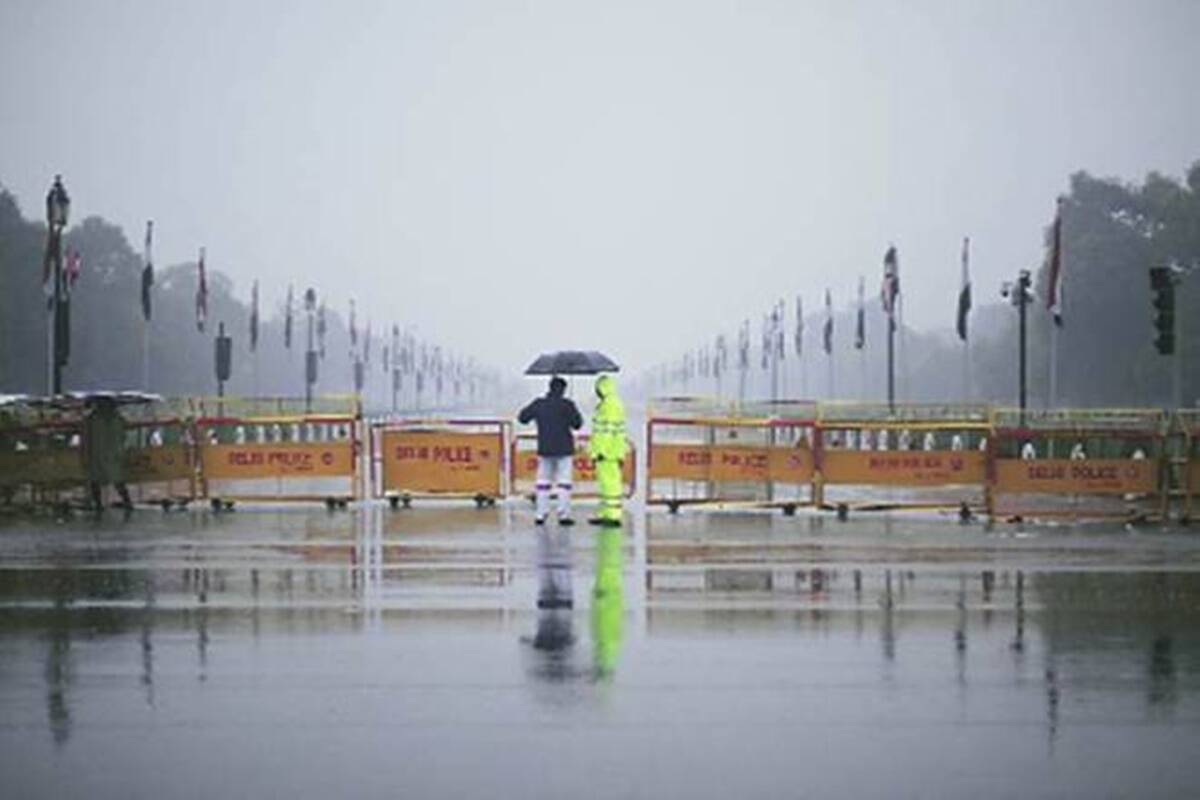
Skymet which is a private weather forecast company and its weather report states:
The report states:
– This year, the monsoon is likely to be 103% of the long period average (LPA). The LPA is the average of all India monsoon consisting of rainfall of 88 cm and is 50-year mean.
– The odds of an El Nino, characterised by a heating of the equatorial central Pacific over half a degree, are low this year.Presently, the Pacific is in a La Nina mode.
– The North India plains along with a few parts of northeast India are at risk of being rain deficient through the season.
– The Indian Ocean Dipole, characterised by a temperature gradient in the western and eastern Indian Ocean. It is expected to be slightly on the negative. Usually a positive dipole aids the monsoon.
– During the season in India, the monsoon in 2019 and 2020 was only the third time in a century of back-to-back years of above normal rainfall.
What is the Impact?
– As per the studies a positive IOD year sees more than normal rainfall over central India.
– A negative IOD complements El NiNo leading to severe drought.
– Also, positive IOD results in more than usual in Arabian Sea.
– In Bay of Bengal, negative IOD results in stronger than usual cyclogenesis. During this time, cyclogenesis in Arabian Sea is suppressed.
3) HGCO19 an mRNA Vaccine Candidate
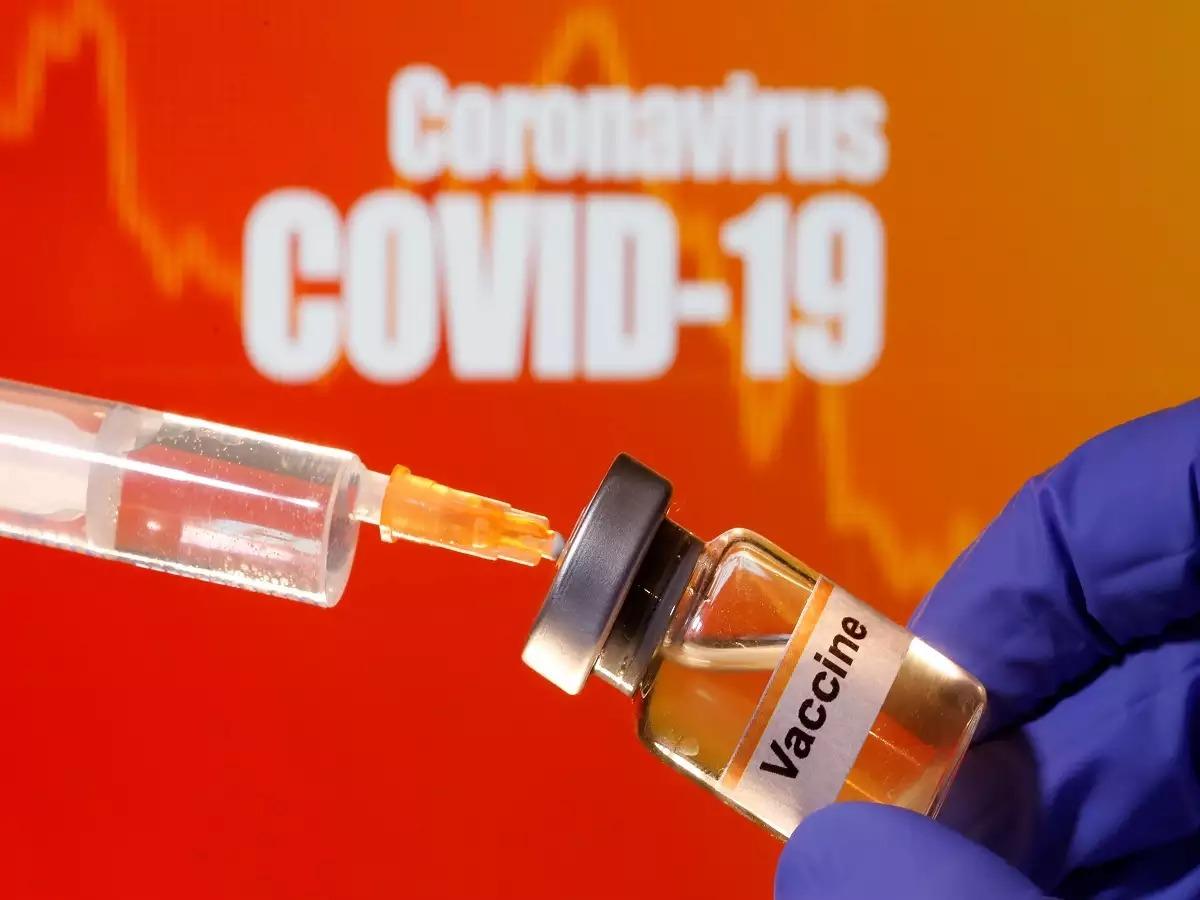
•An additional government funding has been received by India’s mRNA-based Covid-19 vaccine candidate-HGCO19 for its clinical studies. This funding has been awarded under the ‘Mission Covid Suraksha’.
4) “Online Grievance Management Portal” launched
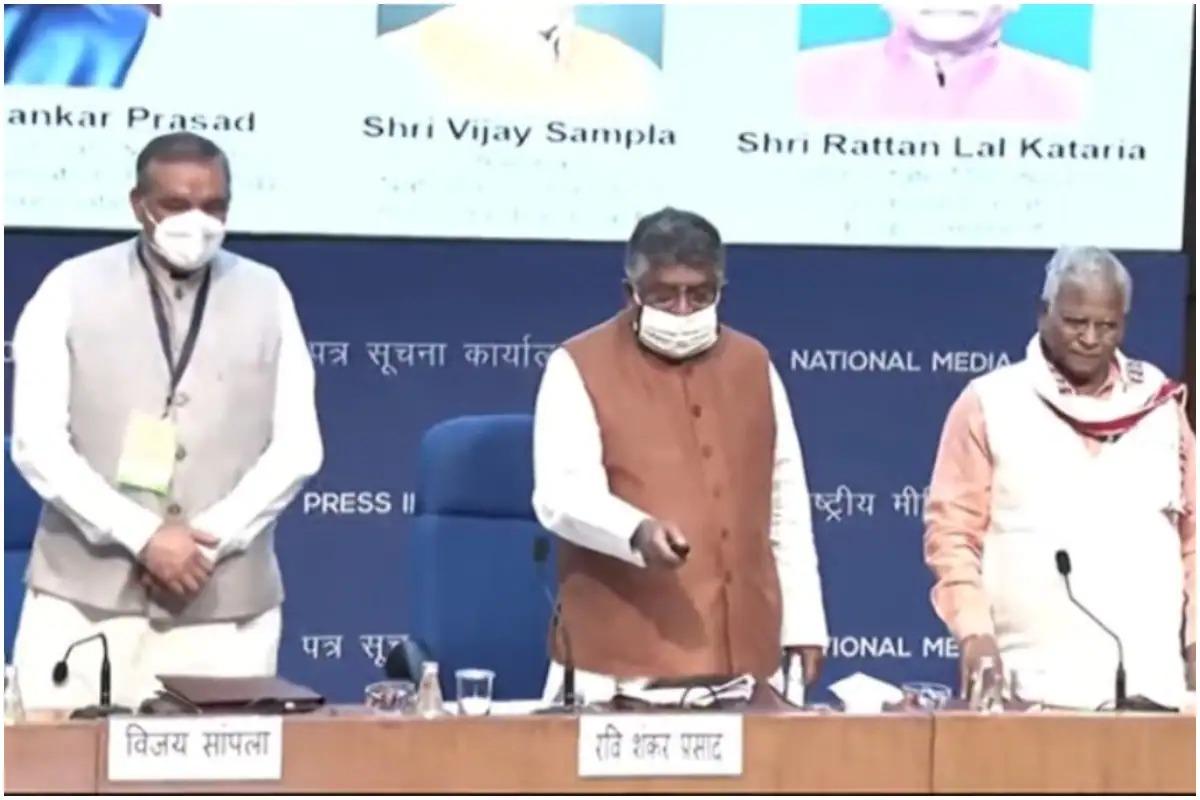
•Union Minister for Communication & IT and Law & Justice Ravi Shankar Prasad launched the “Online Grievance Management Portal of National Commission for Scheduled Castes (NCSC)”.
5) Mental-Health Digital Platform MANAS Launched
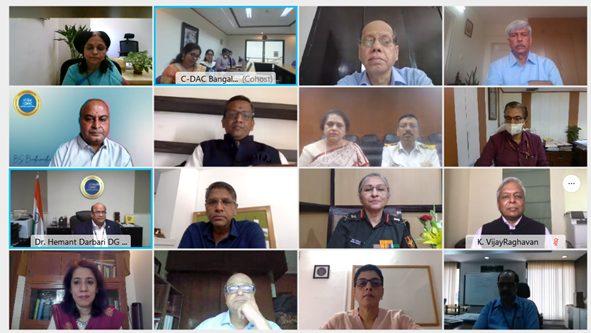
•The Principal Scientific Adviser to the Government of India virtually launched the “MANAS” App to promote wellbeing across age groups.
6) “To Honour” BR Ambedkar, Indian-American Congressman Introduces Resolution
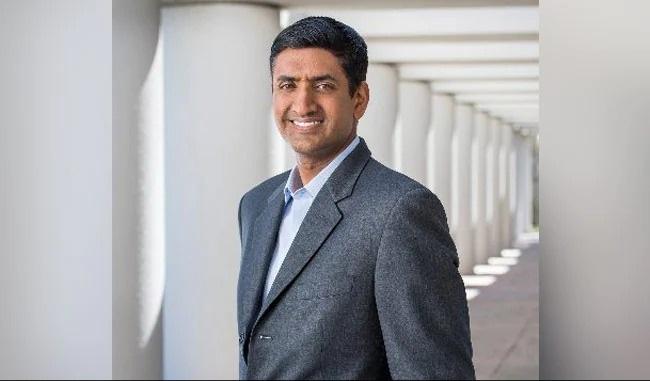
•On 14th April India celebrated the 130th birth anniversary of BR Ambedkar.
•In the US House of Representatives, an Indian-American Congressman has introduced a resolution for a second consecutive year to honour Bhimrao Ambedkar, the architect of India’s Constitution on his 130th birth anniversary.
The HINDU Notes – 15th April 2021







